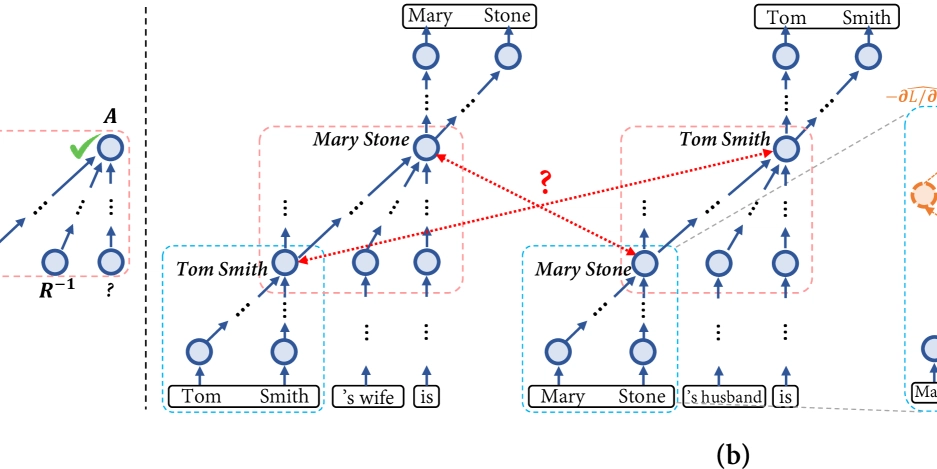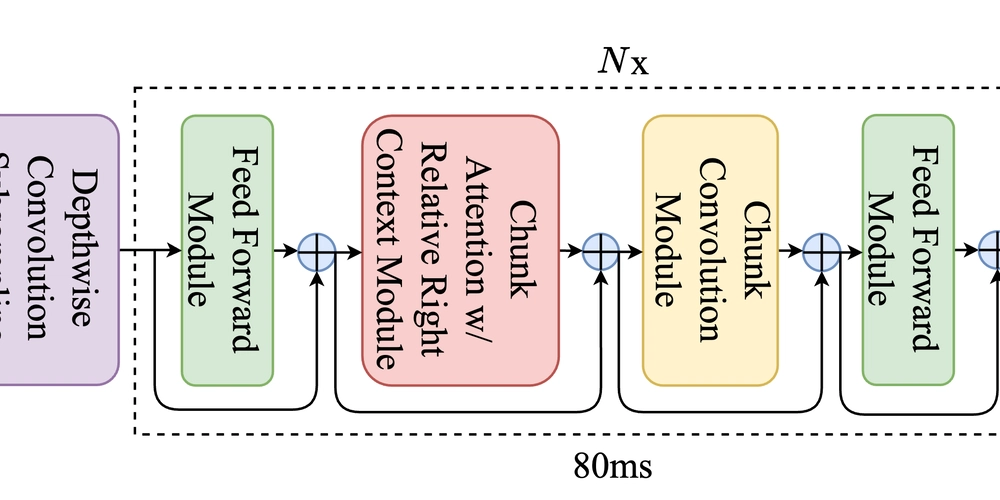Android/iOS Testing Perfected: 20 Appium Tricks You Need
Appium is one of the(maybe number one) most popular open-source automation tool for testing mobile applications across iOS and Android platforms. Strong libraries, wide community and documentation support and years of experience across all the QA Enginners and most importantly Selenium-like syntax makes it top choice for Native Mobile App testing. If we know that, we should know how to make it perfect too. 1. Use Appium Inspector Appium Inspector helps in identifying element locators efficiently. It allows testers to inspect UI elements and retrieve attributes like resource-id, accessibility-id, text, and class. Example: Open Appium Inspector and connect to your running session. Click on elements to fetch their properties. Copy unique locators to use in your automation script, ensuring better test stability. 2. Find Exact App Names from Play Store To correctly launch an app using Appium, you need the exact package name and main activity. Example: Install the "Package Name Viewer" on an android test device. Use these details in your capabilities while setting up Appium. 3. Advanced ADB Command for Extracting Current Activity Instead of manually searching the activity name from dumpsys window, use the following command to extract it precisely: Example: adb shell dumpsys window | grep -oP '(?

Appium is one of the(maybe number one) most popular open-source automation tool for testing mobile applications across iOS and Android platforms. Strong libraries, wide community and documentation support and years of experience across all the QA Enginners and most importantly Selenium-like syntax makes it top choice for Native Mobile App testing. If we know that, we should know how to make it perfect too.
1. Use Appium Inspector
Appium Inspector helps in identifying element locators efficiently. It allows testers to inspect UI elements and retrieve attributes like resource-id, accessibility-id, text, and class.
Example:
- Open Appium Inspector and connect to your running session.
- Click on elements to fetch their properties.
- Copy unique locators to use in your automation script, ensuring better test stability.
2. Find Exact App Names from Play Store
To correctly launch an app using Appium, you need the exact package name and main activity.
Example:
Install the "Package Name Viewer" on an android test device.
Use these details in your
capabilitieswhile setting up Appium.
3. Advanced ADB Command for Extracting Current Activity
Instead of manually searching the activity name from dumpsys window, use the following command to extract it precisely:
Example:
adb shell dumpsys window | grep -oP '(?<=mCurrentFocus=Window{)[^}]+'
This command extracts only the currently focused window, making it easier to grab the package and activity for use in Appium tests.
4. Explicit Waits
Avoid using Thread.sleep() as it introduces unnecessary delays. Instead, use explicit waits, which wait for an element until a specified condition is met.
Example:
WebDriverWait wait = new WebDriverWait(driver, Duration.ofSeconds(10));
WebElement element = wait.until(ExpectedConditions.visibilityOfElementLocated(By.id("login_button")));
This ensures that your test does not proceed until the element is visible.
5. Page Object Model (POM)
Using POM makes test scripts more structured and maintainable by separating UI elements and test logic.
Example:
public class LoginPage {
@FindBy(id = "username")
private WebElement username;
@FindBy(id = "password")
private WebElement password;
@FindBy(id = "login_button")
private WebElement loginButton;
public void login(String user, String pass) {
username.sendKeys(user);
password.sendKeys(pass);
loginButton.click();
}
}
This makes test cases more readable and reusable.
6. Prefer Accessibility IDs and Resource IDs
Accessibility ID and Resource ID are the most reliable locators compared to XPaths, making tests more stable and faster.
Example:
driver.findElement(MobileBy.AccessibilityId("SubmitButton")).click();
This avoids issues caused by UI structure changes.
7. Relative XPaths over Absolute
Absolute XPaths are brittle as they depend on UI structure. Always prefer relative XPaths to improve test maintainability.
Example:
driver.findElement(By.xpath("//android.widget.Button[@text='Submit']")).click();
This makes tests resilient to minor UI changes.
8. Handle Flakiness with Retries
Tests may fail due to temporary issues like slow network or animations. Implement retry logic to reduce false failures.
Example:
@Test(retryAnalyzer = RetryAnalyzer.class)
public void testLogin() {
// Test implementation
}
This improves test reliability.
9. Disable Animations via ADB
Animations can slow down tests and cause flakiness. Disable them using ADB commands.
Example:
adb shell settings put global window_animation_scale 0
adb shell settings put global transition_animation_scale 0
adb shell settings put global animator_duration_scale 0
This speeds up UI interactions during automation.
10. Parallel Test Execution
Run tests on multiple devices simultaneously to speed up execution.
Example:
name="ParallelTests" parallel="tests" thread-count="2">
name="AndroidTest1">
name="tests.LoginTest" />
This optimizes test execution time.
11. Use UIAutomator2
UIAutomator2 is the recommended automation engine for Android as it provides better stability and speed.
Example (Java):
capabilities.setCapability("automationName", "UIAutomator2");
This ensures compatibility with modern Android versions.
12. Network Conditioning
Simulate different network conditions like slow or no internet to test app behavior.
Example:
adb shell am broadcast -a com.android.intent.action.SET_NETWORK_CONDITIONS --es condition slow
This helps validate app performance under various network conditions.
13. Grant Permissions via ADB
Some apps require runtime permissions. Instead of manually accepting popups, grant permissions via ADB.
Example:
adb shell pm grant com.example android.permission.CAMERA
This ensures smooth test execution without interruptions.
14. Screenshots on Failure
Capture screenshots on test failures to debug issues effectively.
Example:
File scrFile = ((TakesScreenshot) driver).getScreenshotAs(OutputType.FILE);
FileUtils.copyFile(scrFile, new File("failure_screenshot.png"));
This helps in analyzing failures visually.
15. Test Data Cleanup
Ensure a fresh app state before every test by resetting app data.
Example:
driver.resetApp();
This prevents stale data from affecting test results.
16. Cloud Testing Services
Use services like BrowserStack, Sauce Labs, or Firebase Test Lab to run tests on real devices in the cloud. It will also help you if you are unable to use Mac machine to test IOS.
Example:
capabilities.setCapability("browserstack.user", "your_username");
capabilities.setCapability("browserstack.key", "your_access_key");
Cloud testing provides access to multiple device configurations and reduces infrastructure costs.
Bonus: iOS Tips
Use xcuitest Automation Engine
For iOS automation, always use the XCUITest automation engine as it is the most stable and widely supported.
Example:
capabilities.setCapability("automationName", "XCUITest");
This ensures better compatibility with iOS devices.
Handle iOS Permissions Automatically
iOS apps require permissions for features like camera and location. You can pre-approve these using Appium capabilities.
Example:
capabilities.setCapability("autoAcceptAlerts", true);
This prevents permission popups from interrupting your tests.
Use Predicate Strings for Locators
Instead of XPaths, use Predicate Strings for better performance and stability.
Example:
driver.findElement(MobileBy.iOSNsPredicateString("label == 'Submit'"));
Predicate Strings execute faster and are more robust than XPath.
Use iosClassChain for Faster Element Finding
For better performance in iOS automation, prefer iosClassChain instead of XPath. It’s more efficient and faster for locating elements.
Example:
driver.findElement(MobileBy.iOSClassChain("**/XCUIElementTypeButton[`label == 'Submit'`]")).click();
This improves execution speed compared to XPath and is more reliable.
Predicate String vs iOSClassChain
- Use Predicate String when you need more readable and flexible conditions (e.g., filtering by label, value, or name).
- Use iosClassChain when dealing with deeply nested elements or hierarchical structures (e.g., finding a button inside a specific cell).
TL&DR: Predicate String for simple queries, iosClassChain for complex UI trees.
If performance is a concern, iosClassChain is generally faster than Predicate Strings, especially for deeply nested elements.
Following these best practices will significantly improve the stability, reliability, and efficiency of your Appium-based mobile test automation.
Let me know if you have other tips as well!










































































































































































![[The AI Show Episode 142]: ChatGPT’s New Image Generator, Studio Ghibli Craze and Backlash, Gemini 2.5, OpenAI Academy, 4o Updates, Vibe Marketing & xAI Acquires X](https://www.marketingaiinstitute.com/hubfs/ep%20142%20cover.png)














































































































































































































































.jpg?#)















































































































































![YouTube Announces New Creation Tools for Shorts [Video]](https://www.iclarified.com/images/news/96923/96923/96923-640.jpg)

![Apple Faces New Tariffs but Has Options to Soften the Blow [Kuo]](https://www.iclarified.com/images/news/96921/96921/96921-640.jpg)
































































































































